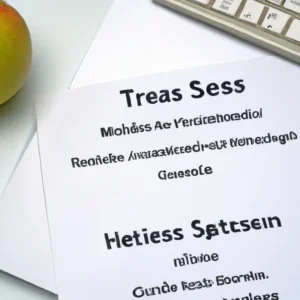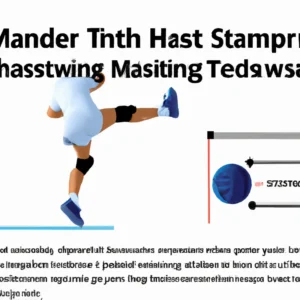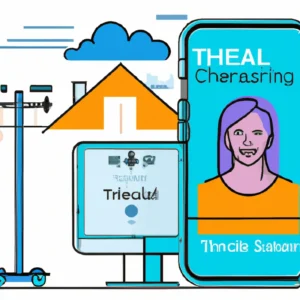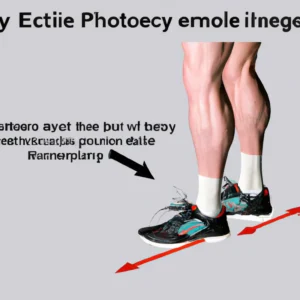Energize Healing Journey with Meditation
The Role of Meditation in Injury Recovery: Mental Strategies for Staying Positive and Focused
Injury recovery presents challenges with physical limitations and emotional hurdles. Athletes and surgery patients may find healing daunting. Physical setbacks can trigger mental struggles, making meditation essential. Meditation fosters resilience and focus, helping maintain a positive mindset.
Understanding the Connection Between Mind and Body
The mind-body connection influences healing. Injuries require time to heal, but thoughts impact recovery. Stress and negative emotions can slow healing and heighten pain. Research shows a positive mindset can speed recovery. Meditation helps manage emotions, cultivate positivity, and maintain focus on recovery goals.
Incorporating meditation into recovery routines fosters a healing mental environment. Addressing mental and emotional aspects can enhance well-being and speed healing.
Tips for Incorporating Meditation into Your Recovery Routine
Integrate meditation into your daily routine to improve recovery. Here are practical tips to start and sustain your practice:
Start Small
Begin your meditation journey with just five minutes daily. Gradually increase the duration as you become comfortable. This approach prevents overwhelm and helps meditation become a natural habit.
Focus on Your Breath
Breathing anchors meditation. Practice deep breathing exercises—inhale through your nose, hold briefly, and exhale slowly. This technique calms your mind and reduces anxiety. Focusing on your breath cultivates presence and helps release distractions.
Use Guided Meditations
Explore guided meditation apps or recordings. Structured sessions can enhance your practice. Many resources offer specific guided meditations for injury recovery, incorporating beneficial visualization exercises. These sessions provide direction and encouragement for your healing journey.
Mental Strategies for Staying Positive
Maintaining a positive outlook during recovery can feel daunting. Utilize several mental strategies to stay optimistic and focused on your goals.
Visualization Techniques
Visualization aids recovery powerfully. Spend moments daily picturing yourself fully healed, engaged in beloved activities. Visualize how it feels to move freely and experience joy. This technique boosts motivation and resilience.
Conclusion
Meditation and mental strategies can significantly enhance injury recovery. Focus on positivity, cultivate resilience, and embrace healing through mindful practices.
Below are related products based on this post:
FAQ
How can meditation aid in injury recovery?
Meditation helps manage emotions and cultivates a positive mindset, which can significantly influence the healing process. By reducing stress and negative emotions, meditation fosters resilience and focus, ultimately enhancing recovery outcomes.
What are some practical tips for starting a meditation practice during recovery?
Start small by dedicating just five minutes a day to meditation, gradually increasing the duration as you become more comfortable. Focus on your breath through deep breathing exercises, and consider using guided meditation apps or recordings tailored for injury recovery to provide direction and encouragement.
How does visualization contribute to maintaining a positive outlook during recovery?
Visualization techniques involve picturing yourself fully healed and engaged in activities you love. This practice can boost motivation and resilience, helping you maintain a positive outlook and stay focused on your recovery goals.















Post Comment